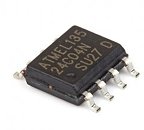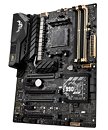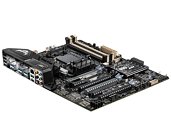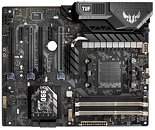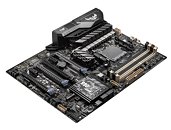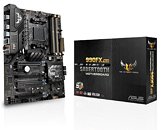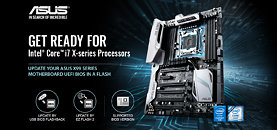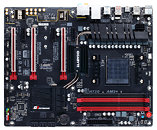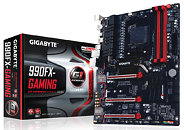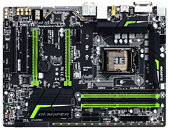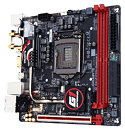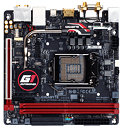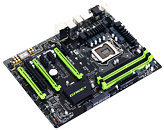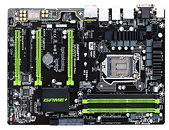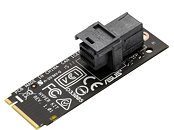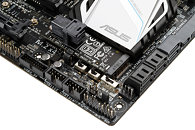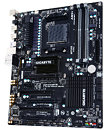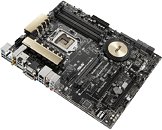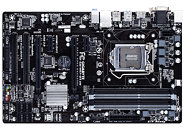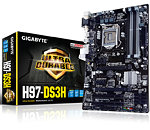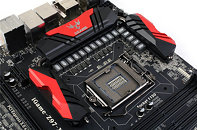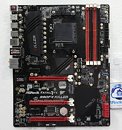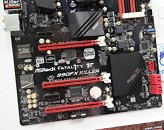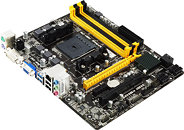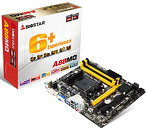
ASUS Introduces New "AI Cache Boost" BIOS Feature - R&D Team Claims Performance Uplift
Large language models (LLMs) love large quantities of memory—so much so, in fact, that AI enthusiasts are turning to multi-GPU setups to make even more VRAM available for their AI apps. But since many current LLMs are extremely large, even this approach has its limits. At times, the GPU will decide to make use of CPU processing power for this data, and when it does, the performance of your CPU cache and DRAM comes into play. All this means that when it comes to the performance of AI applications, it's not just the GPU that matters, but the entire pathway that connects the GPU to the CPU to the I/O die to the DRAM modules. It stands to reason, then, that there are opportunities to boost AI performance by optimizing these elements.
That's exactly what we've found as we've spent time in our R&D labs with the latest AMD Ryzen CPUs. AMD just launched two new Ryzen CPUs with AMD 3D V-Cache Technology, the AMD Ryzen 9 9950X3D and Ryzen 9 9900X3D, pushing the series into new performance territory. After testing a wide range of optimizations in a variety of workloads, we uncovered a range of settings that offer tangible benefits for AI enthusiasts. Now, we're ready to share these optimizations with you through a new BIOS feature: AI Cache Boost. Available through an ASUS AMD 800 Series motherboard and our most recent firmware update, AI Cache Boost can accelerate performance up to 12.75% when you're working with massive LLMs.
That's exactly what we've found as we've spent time in our R&D labs with the latest AMD Ryzen CPUs. AMD just launched two new Ryzen CPUs with AMD 3D V-Cache Technology, the AMD Ryzen 9 9950X3D and Ryzen 9 9900X3D, pushing the series into new performance territory. After testing a wide range of optimizations in a variety of workloads, we uncovered a range of settings that offer tangible benefits for AI enthusiasts. Now, we're ready to share these optimizations with you through a new BIOS feature: AI Cache Boost. Available through an ASUS AMD 800 Series motherboard and our most recent firmware update, AI Cache Boost can accelerate performance up to 12.75% when you're working with massive LLMs.













